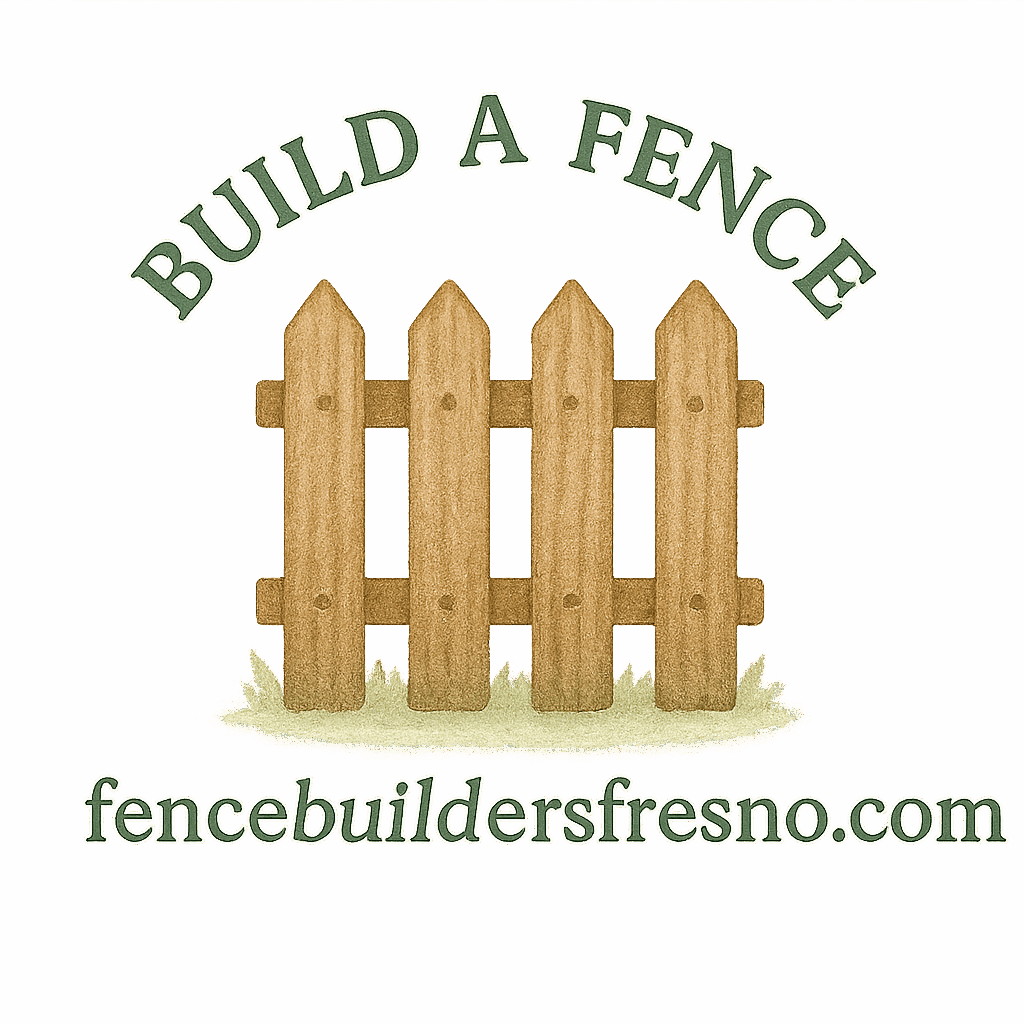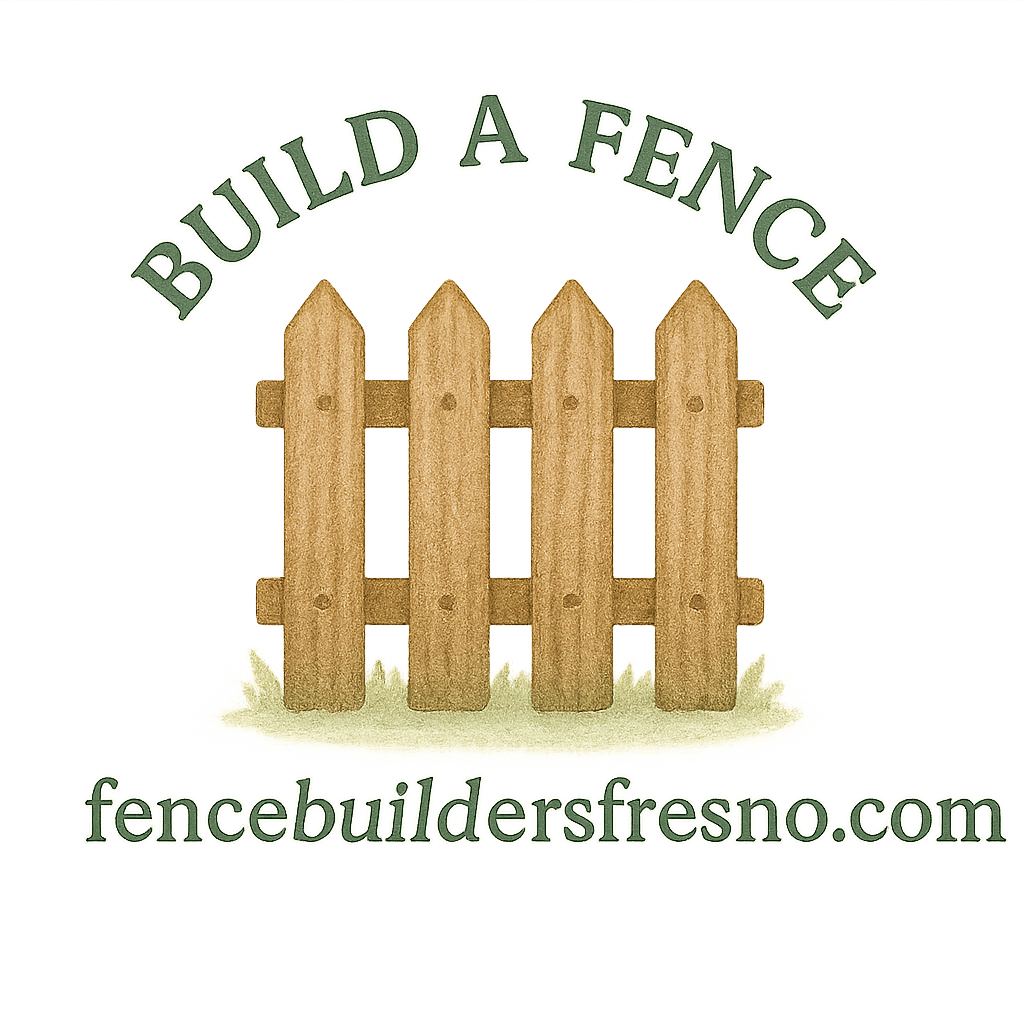So, you’re ready to build that fence. Awesome! But before you even think about breaking ground, there’s a lot more to consider than just grabbing a shovel and digging in. Building a sturdy, long-lasting fence starts with one crucial step—digging fence post holes the right way. This guide will walk you through the essential things to know, pitfalls to avoid, and insider tips to make your fencing project a success.
Let’s dive into everything you need to know before you hit the dirt!
Why Planning is Critical Before Digging Fence Post Holes
Before any digging begins, you need a solid plan. Think of your fence as the frame of your property—it defines, protects, and even beautifies your space.
Understand the Purpose of Your Fence
Are you installing a decorative fence, a privacy barrier, or something to keep pets inside? Each type affects how deep and wide your post holes need to be, not to mention the material you choose.
Explore this in-depth on Fence Design & Planning.
Map Out the Property Lines
This part’s not just about being precise—it’s about avoiding lawsuits or heated arguments with neighbors.
Avoid Legal Disputes Over Boundaries
Fence encroachments can lead to serious legal disputes. Save yourself time, stress, and money by reading more on Legal Property Considerations and Fence Encroachment.
Use a Property Survey or Contact Local Authorities
Don’t eyeball it. Either pull up your existing property survey or call your local zoning office for help. You can also explore Property Lines and Property Rights topics.
Call Before You Dig: Utility Line Safety
This is non-negotiable.
Know the National “811” Call Requirement
In the U.S., you’re legally required to call 811 before you dig. They’ll send someone out to mark any underground utility lines.
Risks of Hitting Underground Utilities
Hit a gas line or water pipe, and you’re not only delaying your fence project—you might be dealing with serious damage or danger. For a beginner’s guide, check Fence Building Basics.
Soil Type Can Make or Break Your Fence Posts
Not all dirt is created equal. Some soils are supportive, while others will have your fence wobbling within months.
Clay, Sandy, and Rocky Soils: What’s the Difference?
Clay soils retain moisture, which may rot wooden posts. Sandy soil drains well but lacks grip. Rocky soil? Well, prepare for a workout.
Tips for Digging Fence Posts in Tough Soil
If you’re going DIY, you might want to review tips on Durable Fencing and DIY Fence.
Choosing the Right Tools for Fence Post Holes
Let’s talk gear.
Manual vs. Power Augers
Manual post hole diggers are fine for small jobs, but if you’re digging more than a few holes or facing tough ground, rent a power auger.
What Size Hole Should You Dig?
A good rule: Dig the hole three times the width of your post and about one-third as deep as the post’s height. Need help estimating? Bookmark Fence Guide.

Consider Drainage and Water Flow
If your yard floods easily, water can weaken your post foundations.
Preventing Water Accumulation Around Posts
Add gravel at the base of each hole before setting your post. This keeps water from pooling and rotting your wood. For more help, see Fence Maintenance & Repair.
Check Local Fencing Codes and HOA Rules
Yes, red tape can ruin a perfectly good project.
Permits and Height Restrictions
Many municipalities have limits on fence height or placement. Don’t risk tearing it down later—check with your city or county planning department.
Fence Aesthetics and Community Standards
If you’re in an HOA, you may be required to use certain styles. Learn more about Home Fencing and Legal Fencing.
Use the Right Materials for Long-Term Durability
Your post material matters just as much as your hole.
Wood vs. Vinyl vs. Metal Posts
Wood looks natural but needs upkeep. Vinyl is low-maintenance. Metal? It lasts forever but might not suit every yard. Compare materials at Fence Types & Comparisons and Vinyl Fence.
Weatherproofing and Maintenance
Sealants, stains, and paints can extend the life of your wood posts. See Wood Fence Care and Upkeep Tips.
Proper Spacing and Alignment of Fence Posts
Misaligned posts can mess up everything—from stability to appearance.
Why Post Spacing Impacts Stability
Too far apart? Your fence sags. Too close? You waste materials. Keep posts 6 to 8 feet apart for best results.
How to Use String Lines and Levels
Use a taut string and level for a straight, clean look. A wonky fence is a sure sign of poor planning. Check Fence Installation for more on this.
Set Posts with the Right Technique
This is where strength is made—or lost.
Gravel Base or Concrete Footings?
Gravel offers better drainage, but concrete provides firm anchoring. Many pros recommend a combo—gravel at the bottom and concrete to set.
Post-Setting Tips for Strength
Tamp down the gravel, use fast-setting concrete, and make sure your post is plumb. Reinforce weak spots with braces if needed. Review Fence Maintenance for long-term care.
Conclusion
There you have it—everything you need to know before digging fence post holes. Getting your posts right is the foundation for a fence that’s not just functional, but built to last. From calling 811 to choosing the right tools and understanding local codes, planning ahead will save you time, money, and future headaches.
And if you ever feel overwhelmed? Don’t worry—you can always reach out to the pros at Fence Builders Fresno. Whether it’s a front yard fence, boundary fence, or a full backyard enclosure, they’ve got your back.
FAQs
1. How deep should I dig a fence post hole?
Typically, one-third the height of the post. For a 6-foot fence, dig 2 feet deep.
2. Do I need concrete to set fence posts?
Not always. Gravel works well for drainage, but concrete offers stronger support.
3. Can I install a fence without a permit?
It depends on your local laws. Always check before building.
4. What happens if I hit a utility line?
You could cause serious damage or injury. Always call 811 before you dig.
5. How far apart should fence posts be?
Generally, 6 to 8 feet apart. It varies by fence type and terrain.
6. Is wood or vinyl better for fence posts?
Wood is classic but requires maintenance. Vinyl is low-maintenance but can be pricier upfront.
7. How can I prevent my wood posts from rotting?
Use pressure-treated wood, seal it properly, and ensure good drainage with gravel bases.


